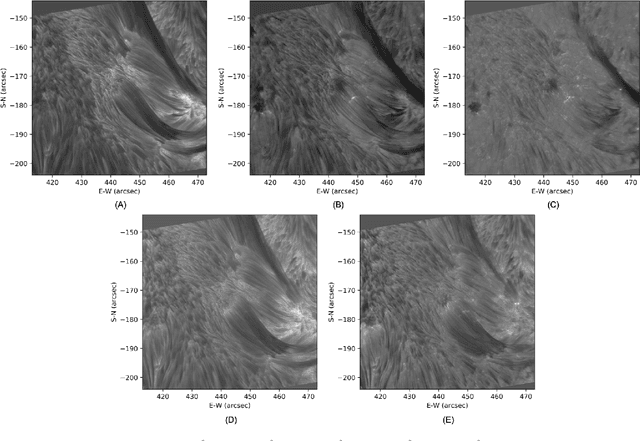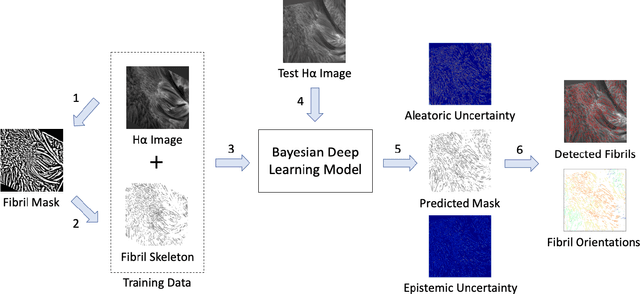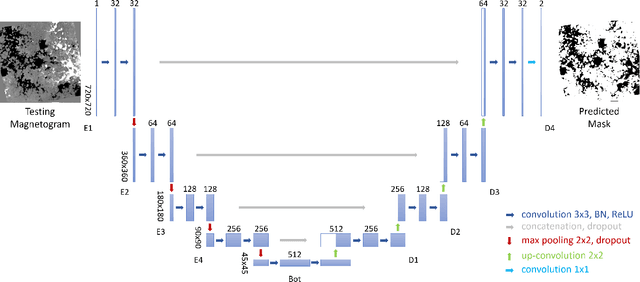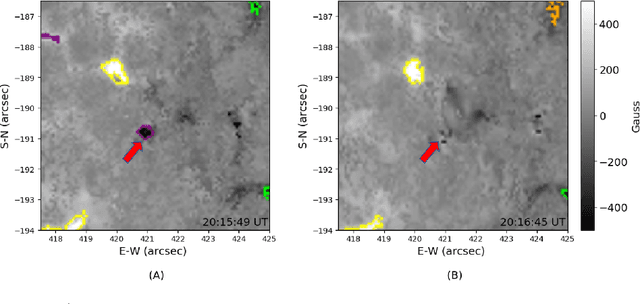Jiasheng Wang
Graph Embedding Augmented Skill Rating System
Apr 17, 2023Abstract:This paper presents a framework for learning player embeddings in competitive games and events. Players and their win-loss relationships are modeled as a skill gap graph, which is an undirected weighted graph. The player embeddings are learned from the graph using a random walk-based graph embedding method and can reflect the relative skill levels among players. Embeddings are low-dimensional vector representations that can be conveniently applied to subsequent tasks while still preserving the topological relationships in a graph. In the latter part of this paper, Graphical Elo (GElo) is introduced as an application of player embeddings when rating player skills. GElo is an extension of the classic Elo rating system. It constructs a skill gap graph based on player match histories and learns player embeddings from it. Afterward, the rating scores that were calculated by Elo are adjusted according to player activeness and cosine similarities among player embeddings. GElo can be executed offline and in parallel, and it is non-intrusive to existing rating systems. Experiments on public datasets show that GElo makes a more reliable evaluation of player skill levels than vanilla Elo. The experimental results suggest potential applications of player embeddings in competitive games and events.
Tracing Halpha Fibrils through Bayesian Deep Learning
Jul 16, 2021



Abstract:We present a new deep learning method, dubbed FibrilNet, for tracing chromospheric fibrils in Halpha images of solar observations. Our method consists of a data pre-processing component that prepares training data from a threshold-based tool, a deep learning model implemented as a Bayesian convolutional neural network for probabilistic image segmentation with uncertainty quantification to predict fibrils, and a post-processing component containing a fibril-fitting algorithm to determine fibril orientations. The FibrilNet tool is applied to high-resolution Halpha images from an active region (AR 12665) collected by the 1.6 m Goode Solar Telescope (GST) equipped with high-order adaptive optics at the Big Bear Solar Observatory (BBSO). We quantitatively assess the FibrilNet tool, comparing its image segmentation algorithm and fibril-fitting algorithm with those employed by the threshold-based tool. Our experimental results and major findings are summarized as follows. First, the image segmentation results (i.e., detected fibrils) of the two tools are quite similar, demonstrating the good learning capability of FibrilNet. Second, FibrilNet finds more accurate and smoother fibril orientation angles than the threshold-based tool. Third, FibrilNet is faster than the threshold-based tool and the uncertainty maps produced by FibrilNet not only provide a quantitative way to measure the confidence on each detected fibril, but also help identify fibril structures that are not detected by the threshold-based tool but are inferred through machine learning. Finally, we apply FibrilNet to full-disk Halpha images from other solar observatories and additional high-resolution Halpha images collected by BBSO/GST, demonstrating the tool's usability in diverse datasets.
Identifying and Tracking Solar Magnetic Flux Elements with Deep Learning
Aug 27, 2020



Abstract:Deep learning has drawn a lot of interest in recent years due to its effectiveness in processing big and complex observational data gathered from diverse instruments. Here we propose a new deep learning method, called SolarUnet, to identify and track solar magnetic flux elements or features in observed vector magnetograms based on the Southwest Automatic Magnetic Identification Suite (SWAMIS). Our method consists of a data pre-processing component that prepares training data from the SWAMIS tool, a deep learning model implemented as a U-shaped convolutional neural network for fast and accurate image segmentation, and a post-processing component that prepares tracking results. SolarUnet is applied to data from the 1.6 meter Goode Solar Telescope at the Big Bear Solar Observatory. When compared to the widely used SWAMIS tool, SolarUnet is faster while agreeing mostly with SWAMIS on feature size and flux distributions, and complementing SWAMIS in tracking long-lifetime features. Thus, the proposed physics-guided deep learning-based tool can be considered as an alternative method for solar magnetic tracking.
* 17 pages, 12 figures
 Add to Chrome
Add to Chrome Add to Firefox
Add to Firefox Add to Edge
Add to Edge